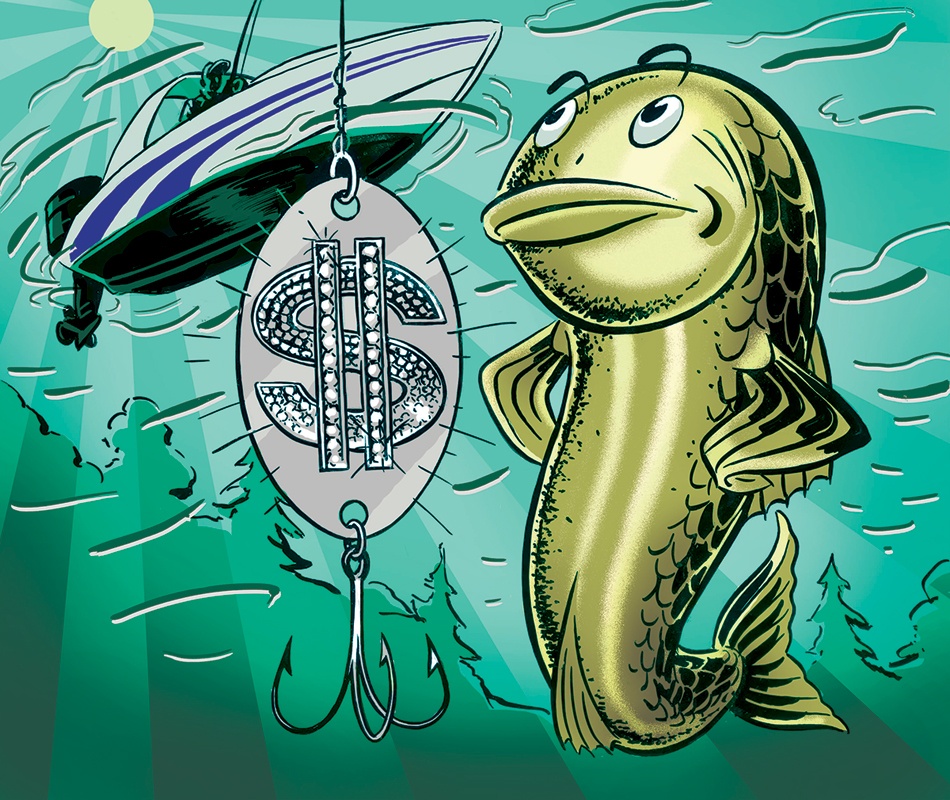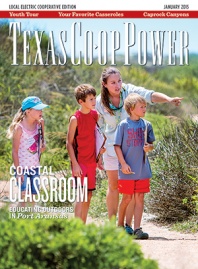Anytime we hear someone start a sentence with, “When I was a kid … ” we can expect a lament on the decline of Western civilization and how kids today just aren’t as tough as they should be.
Those among us who grew up eating dirt for lunch—on the good days, we might get a side of rocks—are accustomed to these laments. It’s hard, after all, to see past an HD screen on a thousand-dollar computer to the hard times of past generations.
And somewhere along the way from the fantastic ’50s of my youth to the “too much is not enough” teens of today, we’ve slowly acquired an attitude that if an item costs more, it must be better. Perhaps nowhere is that skewed mental state more apparent than the world of hunting and fishing, the world in which I’ve lived and made my living for most of my adult life.
Here’s an example: I paid $1,100 for my first bass boat. It was an olive green Terry, 14 feet long, with a MotorGuide electric motor and a 20-horsepower Evinrude engine—state of the art in the mid-1970s.
Actually, my first bass boat was a mangled aluminum johnboat nobody else wanted. I paddled that around lakes for years until I actually got a job and decided to splurge on new hardware.
My first rod and reel was a $12 gift my dad bought mail-order from the Gadabout Gaddis television show that was popular in the 1950s. I loved that outfit. Later I managed to scrape together enough money to buy two rods and reels that collectively might have cost $75. With that gear, I put thousands of bass into my little green boat.
I now have a rod and reel, a custom rod fitted with a Shimano Calais reel, that would exceed the cost of all of that 1970s equipment. I actually won it in a casting bet with my little brother, and I use it proudly but cautiously lest I lose it overboard.
Folks who hunt and fish have foregone the $100 deer lease and the rickety old Jeep for $10,000 hunting estates. They drive there in $60,000 trucks and shoot $1,000 rifles fitted with $1,500 scopes. They aim at quail with $3,000 shotguns, firing shells that cost $15 a box at game birds that may run to $20 each.
It’s insane. We’re insane. We tell ourselves inflation strikes everywhere and thus it’s fine to shell out a little more, and then a little more after that. More is better and better is best.
I keep telling myself this, pretending not to be insane because of my pursuit of new and better equipment. After all, a caught fish and a dead dove are just as caught or dead with a $100 reel or a $300 shotgun, but I’ve convinced myself it feels better if I’ve paid more for my tools.
I try to stay in the mid range, but right now there are at least a dozen rods and reels in my equipment room. Average price: $400. And that’s not counting maybe 10 fly rods of every weight and at every price point.
Truth is, I never, ever use more than three—the same three—on any fishing trip. I tell myself I’m holding them for my grandkids, but I only have seven of those, so some will have to double up on equipment when I shuffle off this earth.
Still, I think nowhere has the “never enough” chigger sunk his teeth into our flesh more than in the field of food storage. I’ll be glad to tell you how.
Some of the hardest times we had were keeping food fresh and drinks cold. Try doing that with a Styrofoam ice chest that cost $6 and was as brittle as a dry cedar twig. First, the lid blew off when you got out on the highway, and a deer rib bone was for sure going to poke a hole through the side before you got home.
Most of us aspired to a Coleman or Igloo hard-sided cooler. That’s what we called them, “hard-sided,” to enhance our cooler ownership status. You could throw one onto a boat to carry drinks and sandwiches or to keep fish from spoiling on a stringer and get home with it intact.
But something has happened in the cooler market in the past decade.
We are now in the age of the high-dollar megacooler—heavy, tough, tested on grizzly bears, hot- and cold-conveying behemoths that my grandfather would have looked at with wonder.
Take to the Internet, and you’ll find a list of these coolers, an even more amazing array than I thought existed. At least four of these brands—Yeti, Brute, Pelican and Icehole—have Texas ties. (Trying saying “Icehole” five times fast.)
Others include K2, Irp, Orca, Grizzly, Galaxy and Engel. There might be more, but you’re going to run out of money long before you strike the end of the list. They all claim to keep ice longer, up to a week in some cases.
Some models sell for close to $200; others are well over $1,000. That’s what I said: ONE THOUSAND DOLLARS. You could use that one as a coffin, I suppose, and come out to the good.
Every manufacturer recommends you chill the ice chest first, by putting it in a cooler or filling it with ice, then adding your load plus ice to keep it cold for several days. Don’t open it or you’ll let in warm air, and your ice will begin melting.
But what good is an ice chest you can’t open without losing your cool? Don’t ask me. And isn’t the freezing point of water still 32 degrees? Beer is still cold whether the ice chest costs $50 or $500.
Trust me. I have two of the expensive ones—combined cost about $700—and a $50 model in my pickup right now. The ice has melted in every one of them.
——————–
Legendary outdoors writer Mike Leggett lives in Burnet and is a member of Pedernales EC. Keep up with his blog, “Mike Leggett Outdoors.”


